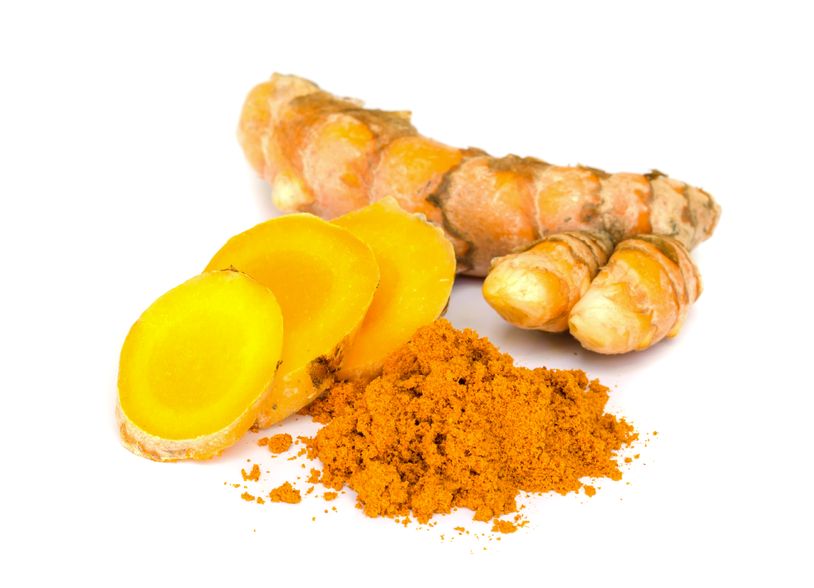News
- Fish oil and liver disease
31 Jan 14
- Vitamin D for the prevention of Hospital Acquired Bloodstream Infections
02 Jan 14
- Hibiscus for hypertension.
02 Jan 14
- Bisphenol A: Still a health concern….
02 Jan 14
- Milk Thistle for Iron Overload due to Beta-Thalassemia
29 Nov 13
- Vitamin D and Uterine Fibroids
29 Nov 13
- Peach Allergy in Children
29 Nov 13
- Guidelines on Lifestyle Modification in the Prevention of Cardiovascular Disease
29 Nov 13
- New Cholesterol Guidelines Released by American Heart Association
29 Nov 13
- Obesity and physical inactivity related to impaired health of breast cancer survivors.
30 Oct 13
- Acetyl-L-carnitine may be effective for amyotrophic lateral sclerosis (ALS)
30 Oct 13
- Black cohosh improves hormone levels in polycystic ovary syndrome
30 Oct 13
- Role of flaxseeds in lowering high blood pressure
30 Oct 13
- Risks of Decongestants in Pregnancy
30 Sep 13
- Omega 3 Fatty Acids and Prostate Cancer Risk: A Critical Analysis
30 Sep 13










